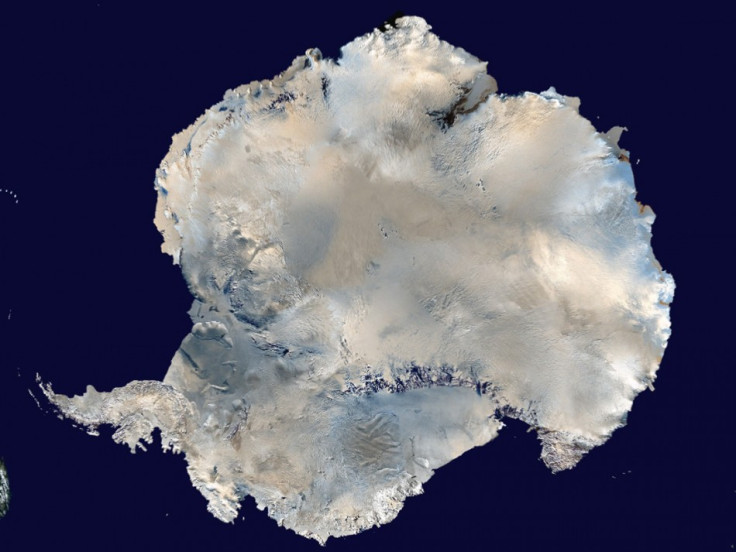Diamonds Discovered in Antarctica's Prince Charles Mountains?

Scientists have claimed they found a rock known for containing diamonds in an Antarctic icy mountain.
The researchers said they have identified the rock called Kimberlite in the frozen area of Antarctica.
"Kimberlites are a volumetrically minor component of the Earth's volcanic record, but are very important as the major commercial source of diamonds and as the deepest samples of the Earth's mantle," scientists said in a research paper published in the latest issue of the journal Nature Communications.
Diamonds are formed from pure carbon in earth's mantle under extreme heat and pressure conditions at an estimated depth of about 140 and 190 kilometres.
Kimberlite occurs in earth's crust and is brought to the surface in volcanic eruptions. A carrier of diamonds, the rock is known to transport precious stones also to the surface.
Kimberlites are known to be found in earth's crust and have been reported from almost all major crusts on all continents except Antarctica.
This is the first evidence of Kimberlite in Antarctica.
"Here we report the first bona fide Antarctic kimberlite occurrence," the scientists said, adding that they found the rock in the northern Prince Charles Mountains.
The research team found three samples of Group One kimberlites on the slopes of Mount Meredith in the Prince Charles Mountains.
"The samples are texturally, mineralogically and geochemically typical of Group I kimberlites from more classical localities," they noted in the research paper.
Group One kimberlites are more likely to contain diamonds, according to Dr Teal Riley, a survey geologist with the British Antarctic Survey. But it doesn't guarantee any diamond extraction from Antarctica.
"Even amongst the Group One kimberlites, only 10% or so are economically viable, so it's still a big step to extrapolate this latest finding to any diamond mining activity in Antarctica," Riley was quoted as saying by the BBC.
Moreover, the Protocol on Environmental Protection to the Antarctic Treaty of 1991 prohibits "any activity relating to mineral resources, other than scientific research."
© Copyright IBTimes 2024. All rights reserved.






